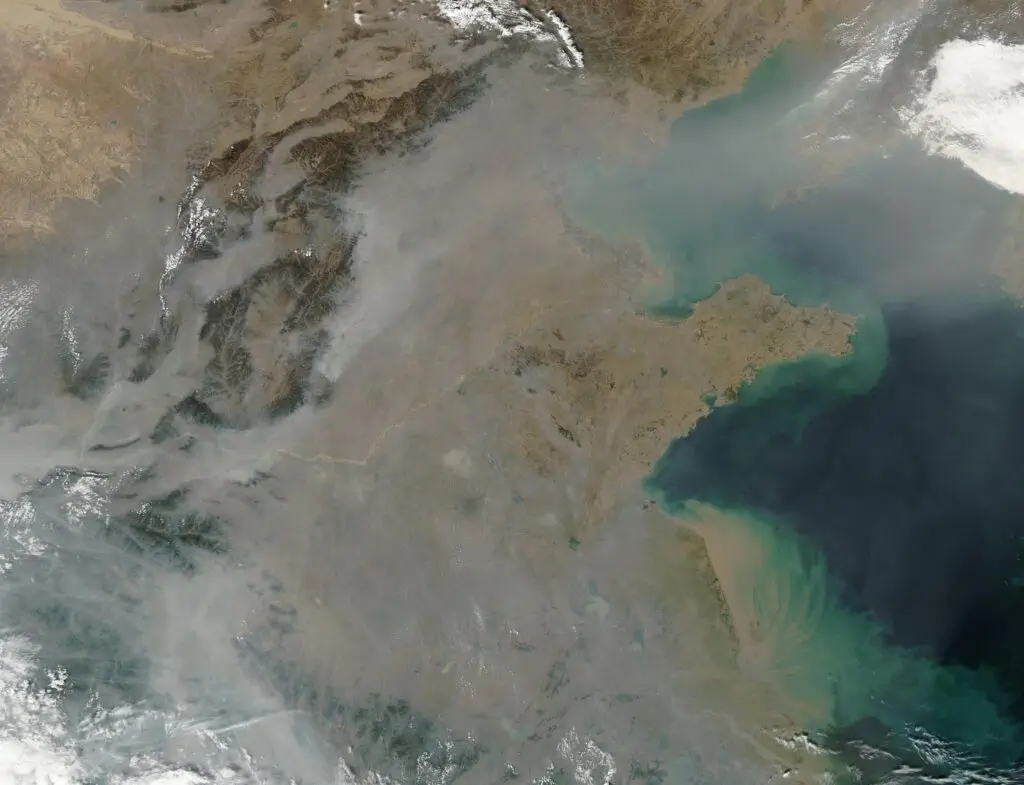“We must not believe those, who today, with philosophical bearing and deliberative tone, prophesy the fall of culture and accept the ignorabimus. For us there is no ignorabimus, and in my opinion none whatever in natural science. In opposition to the foolish ignorabimus our slogan shall be: We must know — we will know!”
—David Hilbert

What is Global Dimming?
The topic of global dimming, known in scientific terms as the aerosol masking effect, is often misunderstood. Global dimming produces forces that act opposite to global warming for which it has become known as a devil’s bargain. It has been implicated in both climate change denialism and doomism. It is a well-known scientific phenomenon, like its counterpart global brightening. The global warming puzzle would not be complete without understanding global dimming; the dark side of the debate. This topic is introduced by Dave Borlace of Just Have a Think in the following video.
Global dimming happens when tiny particles, known as aerosols, the by-product of fossil fuels or other pollutants, absorb solar energy and reflect it back into space. The result is a reduction in the amount of global direct irradiance at the Earth’s surface. This creates cooling and warming effects as it decreases the amounts of direct and diffuse solar radiation reaching the surface of the Earth. In addition, global dimming interferes with the hydrological cycles in the biosphere and reduces evaporation rate. It also impacts cloud formation which is an indirect effect that has further implications. Cloud physics and particle physics are fascinating and challenging subjects that we will take a closer look at here. Clouds are climate wild cards.
Natural Versus Anthropogenic Aerosol Sources
Anthropogenic aerosol sources include sulphate from burning fossil fuels like coal, soot from factories or wood-burning, and dust from roads and land degradation. It is known that anthropogenic aerosols, like those from factories, tailpipes, and fires negatively impact the environment and can cause everything from warming to cooling, to deadly air pollution, to the acceleration of glacial melt around the globe by impacting albedo.
Typically global dimming discussions focus overly on manmade sources, while forgetting natural ones. Naturally occurring aerosols include plankton, deserts, trees, sea salt, dust, and volcanoes. Volcanoes have long been known to produce a cooling effect in the atmosphere.
Volcanoes emit sulfur dioxide (SO2) into the upper atmosphere, known as the stratosphere. This is above the troposphere where weather actually happens. This impact can last several years unlike industrial aerosol sources which go into the troposphere and are rained out typically in less than a week. Natural aerosols can offset greenhouse gas warming and have the potential to cool the Earth. Natural aerosol sources can have much more powerful impacts than anthropogenic sources and should not be forgotten or underestimated in this discussion. In fact, they are responsible for creating the conditions for a Snowball Earth discussed in the following PBS Eons video.
Real-Time Particulate Maps
NASA has created a map showing global aerosol distribution for further modelling. This will allow scientists and the public to visualize the movement and impacts of these dangerous particles. Scientists must continually investigate the extent and knock-on effects of these large scale phenomena. Other maps that provide data on aerosol pollution include the Aerosol Pollution Map from Windy and the AirVisual Real-time Pollution Map, Zoom Earth, Climate Reanalyzer, NASA Worldview, Earth Nullschool and CAMS Copernicus also provide temperature maps as well as greenhouse gas and particulate matter tracking.
Leave a Reply